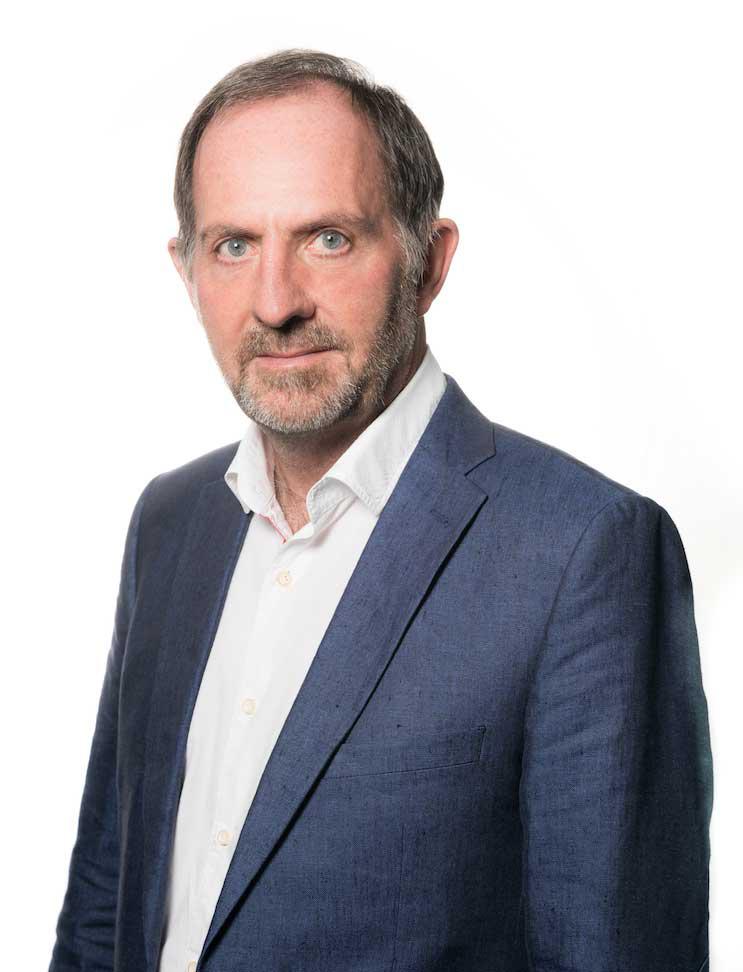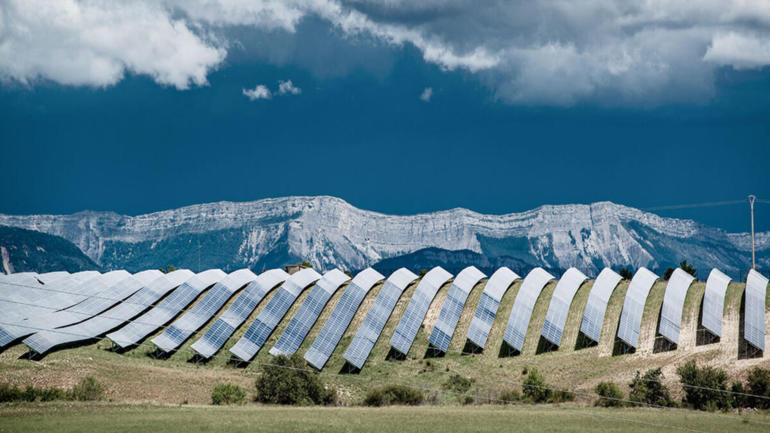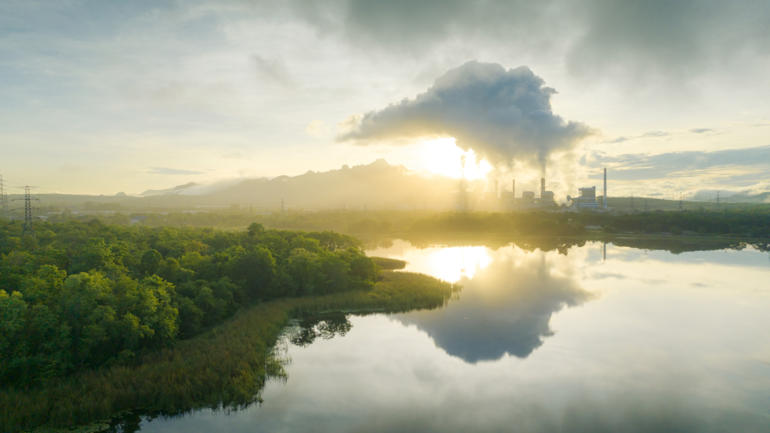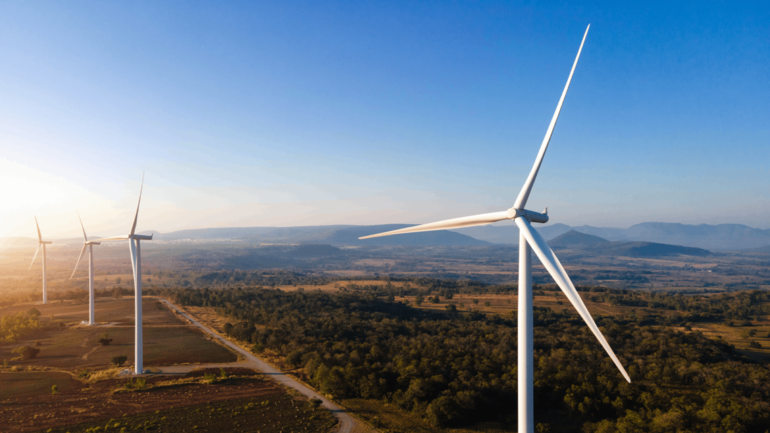There have been many calls in recent years for scientists and business leaders to work together to address some of the planet’s most pressing challenges. And it’s not hard to see why: In 2015, the world’s 500 biggest companies brought in revenues totaling just under 30 trillion USD, or 38% of global gross domestic product (GDP), according to Fortune. Such wealth could be a powerful lever for curbing climate change or combatting hunger – with the right guidance from the scientific community.
But getting scientists and business leaders to collaborate, when they speak different languages and have different goals, hasn’t always been easy.
Peter White is Chief Operating Officer for the World Business Council for Sustainable Development (WBCSD), which was founded in 1995. This organisation brings together 200 member companies, including heavy-hitters like Unilever, Solvay, BT, IKEA and Toyota, to “make more sustainable companies more successful – and get recognised and rewarded for it,” White says. White came to WBCSD in 2013 after serving for 22 years developing and leading Global Sustainability at the consumer goods company Procter & Gamble.
In a recent interview, he talked with Future Earth’s Rebecca Oliver about why the scientific and business communities need to come together in what he calls the “turbulent teens.” It’s especially important, he says, for making good on global initiatives like the United Nations’ Sustainable Development Goals (SDGs).
Rebecca Oliver: There have been a lot of milestones, both good and bad, for sustainable development in recent years. Where do you think we’re at in this pursuit of a more sustainable world?
Peter White: Back in 2010, when I was with P&G, we were one of 29 companies behind the work for Vision 2050 at WBCSD, which developed the vision of 9 billion people by 2050, all living well, within the boundaries of the planet. We asked, “what will the world look like in 2050? What would we like it to look like, and how do we get from here to there?" At that time, we called the period we are currently living in – from 2010 to 2020 – the “turbulent teens,” which was prescient. I think they are much more turbulent that any of us thought they would be.
The aim was to move from the “turbulent teens” to the “transformation times” from 2020 onwards. In fact, the year 2015 was extremely eventful in a positive sense, with the Paris Agreement and the SDGs. We now have, with the SDGs, a development programme for the planet. That is a great gift to business and to everyone else. But business is not going to pick off the goals one by one. There are 17 goals and 169 targets. That is too much and too complicated for business. The way business will address the SDGs is by addressing the big systems that need to be changed. And if you transform the energy system, food and land, cities, mobility and materials, you are actually going to deliver most if not all of the SDGs.
RO: How can science and business work together to make these transformations happen?
PW: In terms of structure and narrative, business is getting behind the sustainability agenda and is crying out for science-based targets to actually deliver. In many areas, if you don’t have consensus between the scientists, it’s hard to know what the action should be. So science-based targets are absolutely key, and consensus from scientists on what those targets should be is essential.
One of the big system transformations we are looking at today is the food and land-use system. In comparison with climate, there is no 2 degrees-type of target for healthy sustainable food from healthy sustainable ecosystems. We don’t have a COP [Conference of the Parties] for food, as we do for climate change. We don’t have the science-based targets for food, so if we want to make progress on transforming the food system, we need clear targets.
WBCSD has a partnership with the EAT Foundation in this area. EAT have established the EAT - Lancet Commission to help establish the basics of a healthy diet and how this can be delivered from a sustainable planet. There are strong hopes that EAT Lancet will come up with some simple targets that business can aim for.
RO: Do policies need to change first so that business can innovate? Or can business work ahead of policy?
PW: Business needs policy to set the minimum bar – to outlaw what is unsafe and unacceptable and level the playing field. But then business can go further. The opportunity is to promote innovation. What we delivered for Paris [Paris Climate Change Conference, or COP21] was the Low Carbon Technology Partnership Initiative (LCTPi), which was a joint initiative between the WBCSD, the SDSN [Sustainable Development Solutions Network] and the IEA [International Energy Agency] with help from the French Government.
Our efforts resulted in sectoral initiatives that brought together over 160 companies and 70 partner organisations around nine different areas. In each area, we got companies to say what progress towards a 2 degrees world is possible under current conditions. We did this in cement, chemicals, renewables, carbon capture and storage, forests as carbon sinks, climate-smart agriculture and low carbon transport fuels, now called below50, energy efficiency in buildings and low carbon freight.
PricewaterhouseCoopers did an impact assessment of where these nine commitments would get us, which showed that if everybody delivered on the programme, it could get us to 65% of what is needed for a 2 degree world, which is pretty amazing considering that is just nine areas.
RO: How is WBCSD helping the business world to move in a more sustainable direction?
PW: We don’t need to raise awareness any more. Everyone knows about sustainability. What we need is action, to bring companies together and work on this agenda. Our role is to help make more sustainable companies more successful – and get recognised and rewarded for it – on the premise that this is good for the company long-term. This is not CSR [Corporate Social Responsibility]. This is not philanthropy. This is in a company’s own best interests in the long-term.
We have a ground-breaking programme around redefining value. If you look at Vision 2050, one of the key things that had to happen to reach the vision of 9 billion people, all living well, within the boundaries of the planet was that companies needed to look at true value, true profits and true cost. That includes natural and social capital so that you are not looking at a company only from its financial value. We have seen significant movement down that road already, with the release of the Natural Capital Protocol, which we helped develop with the Natural Capital Coalition. We’ve also just released the Social Capital Protocol.
More importantly, we’re working with investors and standard setters, the accountants of this world, to figure out how to get this actually noticed and used. There is a tonne of information being released in sustainability reports, which often is not particularly material to the value or the running of the company. Investors are saying they want information, but they don’t know what information is important. So finding a way to link the non-financial reporting system to the financial reporting system is a key piece going forward.
RO: From a business perspective, what are the challenges in working with academia?
PW: There is problem with transparency and trust. There is a lot of science undertaken in companies, and that can often be discounted by academia as “company science.” Similarly, academics can have a very strong view of what needs to be done but don’t necessarily understand the drivers that can get it done. What’s key is bringing together the scientists from companies and academic scientists to understand what needs to be done and what can be done. WBCSD takes knowledge from research and looks at the business context to help companies understand what the scientists are saying and what could be done.
Future Earth could be almost a mirror image of WBCSD on the academic side, explaining to academics what is useful to the business world. Disparate, disjointed and uncoordinated views from scientists can make businesses sit on their hands and wait for something more actionable.
RO: Future Earth places a big emphasis on “co-designing” research with societal partners like businesses. Do you think this is an effective way to approach sustainability challenges?
PW: I would not say co-designing science. I would promote co-designing solutions. Business will have some input on the fundamental questions that need answering, but often business is looking more for clarity to turn a scientifically sound direction into a workable business strategy. When it comes to solutions, science can help define the problem, while business can say what is possible. But then we want to be sure that business goes in the right direction and doesn’t create unintended consequences elsewhere, and that is where science is also important.
That is what I mean by co-designing solutions The fundamental research helps define the problem, but the vital next step is where both academic science and business can come together. What can be done about it? What are the possible business solutions?
The key phrase for me is “science-based targets, science-based solutions."
This interview was originally published on http://futureearth.org/









